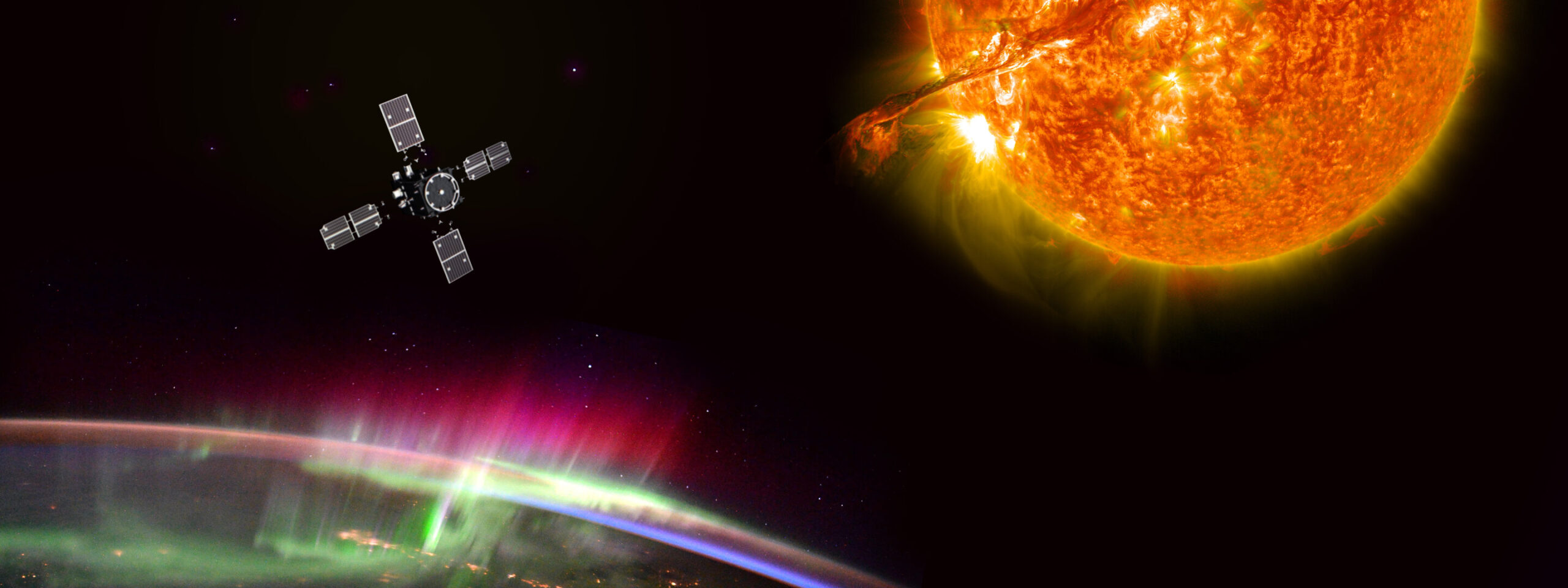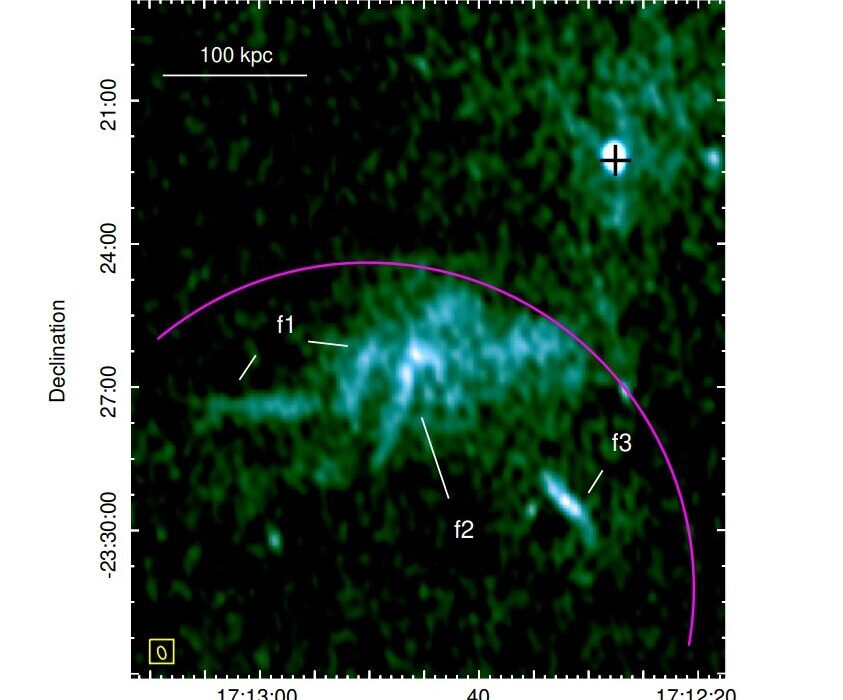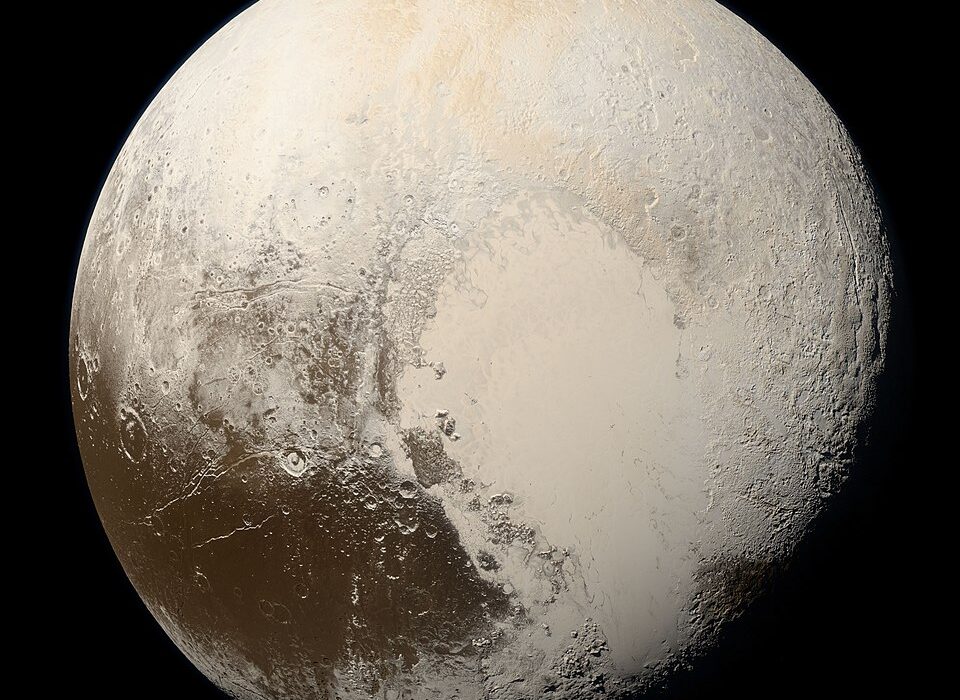It’s May 2024, and Earth is about to experience a rare and powerful visitor—one that could alter the way we understand space weather. The Gannon storm, also known as the Mother’s Day storm, is the strongest geomagnetic superstorm in over two decades. This cosmic tempest, sparked by massive solar eruptions, releases an immense torrent of charged particles toward our planet, sending ripples through our atmosphere and forcing our protective plasmasphere—the invisible shield that surrounds Earth—into a dramatic compression.
But this time, something extraordinary happens. For the first time in history, scientists capture the event in real-time with unprecedented precision. Thanks to the Japan Aerospace Exploration Agency’s (JAXA) Arase satellite, researchers observe not just the storm’s impact, but how the plasmasphere contracts and recovers, offering insights that could transform our understanding of space weather’s effect on Earth.
The Right Place at the Right Time
In the vast expanse of space, timing is everything. The Arase satellite, launched by JAXA in 2016, orbits Earth in a perfect position to monitor the plasmasphere. Its sensors track the movement of charged particles and magnetic fields in the region, capturing data that no one has ever been able to measure in such detail. On May 10, 2024, as the Gannon storm begins its assault on Earth, Arase is in the perfect location to witness the unprecedented compression of the plasmasphere.
Dr. Atsuki Shinbori, the lead scientist from Nagoya University’s Institute for Space-Earth Environmental Research, explains the significance: “We tracked changes in the plasmasphere using the Arase satellite and used ground-based GPS receivers to monitor the ionosphere—the source of charged particles that refill the plasmasphere. Monitoring both layers showed us how dramatically the plasmasphere contracted and why recovery took so long.”
The plasmasphere, Earth’s protective layer of charged particles, normally extends far out into space. However, the storm triggers a violent squeeze, compressing the outer boundary from approximately 44,000 kilometers above the Earth’s surface to just 9,600 kilometers—barely one-fifth of its usual size. Within nine hours, the plasmasphere is crushed, a direct consequence of the solar storm’s eruption of billions of tons of charged particles.
A Slow and Painful Recovery
The storm itself is short-lived, but the damage it causes takes time to heal. Unlike many previous storms, where the plasmasphere’s recovery might take a day or two, this event is different. The recovery takes more than four days, the longest scientists have ever observed since Arase began its mission in 2017. This slow refill is not just a product of the storm itself, but of a hidden phenomenon called a “negative storm.”
Dr. Shinbori explains, “We found that the storm first caused intense heating near the poles, but later this led to a big drop in charged particles across the ionosphere, which slowed recovery. This prolonged disruption can affect GPS accuracy, interfere with satellite operations, and complicate space weather forecasting.”
When intense heating alters the atmosphere’s chemistry, the process that refills the plasmasphere is severely disrupted. The ionosphere, which typically replenishes the plasmasphere with vital charged particles, suffers a sharp drop in oxygen ions, which are needed to produce the hydrogen particles essential for recovery. This was the first time such a phenomenon had been directly linked to the delayed recovery of the plasmasphere.
“The negative storm slowed recovery by altering atmospheric chemistry and cutting off the supply of particles to the plasmasphere,” Dr. Shinbori notes. This newly observed connection between negative storms and delayed recovery is a critical step in understanding how space weather impacts Earth’s protective layers—and how we might better predict and prepare for such events in the future.
Lights in Unexpected Places
As if the compression of Earth’s plasmasphere wasn’t dramatic enough, the superstorm produces another stunning visual effect—auroras appearing far from their usual home near the poles. Normally, auroras are a spectacle reserved for the Arctic and Antarctic circles, where Earth’s magnetic field directs solar particles toward the atmosphere. But during the peak of the Gannon storm, the solar wind is so intense that it pushes the auroral zone much farther toward the equator.
In Japan, Mexico, and even southern Europe, people are treated to the rare sight of shimmering auroras in the skies—regions that rarely, if ever, see this natural phenomenon. This shift in the auroral zone highlights the strength of the superstorm and the powerful influence of solar particles on our planet’s magnetic field.
The auroras are more than just beautiful; they serve as a visual testament to the immense power of space weather, a reminder of how closely our planet is tied to the sun’s chaotic activity.
The Unseen Consequences of Space Weather
The full impact of the Gannon storm is felt across Earth’s technological systems. Satellites experience electrical issues, and some even stop transmitting data. GPS signals become unreliable, causing problems for navigation systems. Radio communications are disrupted, as signals become scattered and distorted by the ionosphere’s turbulent behavior. It’s a vivid reminder of just how vulnerable our increasingly digital world is to the forces of space.
The measurements gathered by Arase during this historic event are invaluable. By observing how the plasmasphere contracts and how long it takes to recover, scientists now have a much clearer picture of how space weather affects Earth’s protective systems. This research is crucial for forecasting space weather events and preparing for future superstorms that could potentially disrupt communication networks, GPS systems, and satellite operations.
Why This Matters
The findings from this study matter more than just for the scientific community—they have real-world implications for the technology that powers our everyday lives. Our satellites, GPS networks, and communication systems are all vulnerable to the forces of space weather, and as our reliance on these technologies grows, so does our need to understand and predict these events.
Dr. Shinbori’s work sheds light on the delicate relationship between the sun’s activity and our planet’s protective atmosphere, providing insights that will be crucial for space weather forecasting. Knowing how the plasmasphere reacts during extreme events and understanding how long it takes to recover can help scientists predict the impact of future storms and develop strategies to protect our satellites and communication systems.
In the future, this research could lead to better models for space weather, offering early warnings for when storms like the Gannon superstorm approach. As we continue to explore space and build increasingly complex technologies, understanding the forces that shape our world—and how to protect ourselves from them—has never been more important.
The Gannon storm may have been a rare event, but as our digital and space-faring future unfolds, it may be just the beginning of a new era of space weather research, one where the stakes are higher and the need for protection greater. The storm has passed, but the knowledge it has left in its wake will continue to guide us into the future.
More information: Characteristics of temporal and spatial variation of the electron density in the plasmasphere and ionosphere during the May 2024 super geomagnetic storm, Earth Planets and Space (2025). DOI: 10.1186/s40623-025-02317-3






